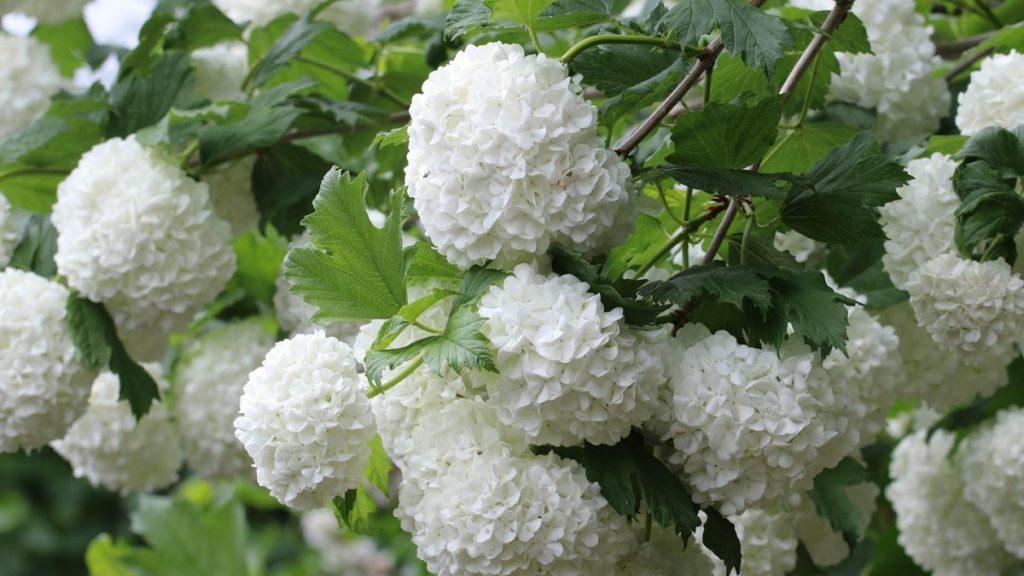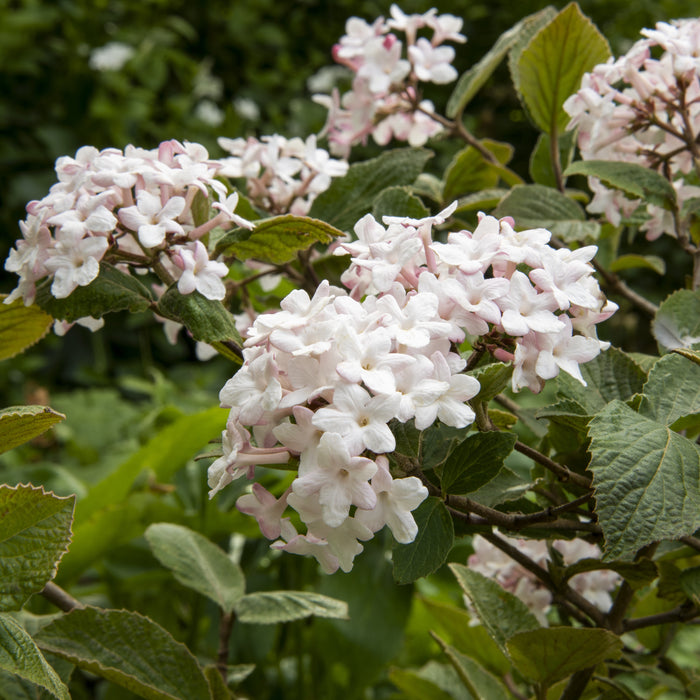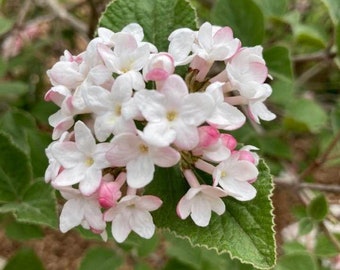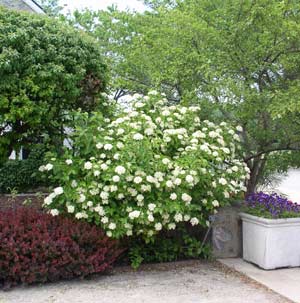Juddi Viburnum: The Ultimate Guide To Growing This Beautiful Shrub
Juddi viburnum: The ultimate guide to growing this beautiful shrub
Juddi viburnum (Viburnum × juddii) is a hybrid shrub that is known for its fragrant white flowers, dark green foliage, and purple fall color. It is a relatively easy plant to grow and care for, and it is a popular choice for home gardens.
In this blog post, we will provide an ultimate guide to growing Juddi viburnum. We will cover everything from choosing the right location to planting and caring for your shrub.
Let's get started!
## Choosing the right location
Juddi viburnum is a relatively adaptable plant, but it does best in full sun to partial shade. It prefers moist, well-drained soil. If you live in an area with hot summers, you may want to plant your Juddi viburnum in a location that gets some afternoon shade.
## Planting
Juddi viburnum can be planted in the spring or fall. When planting, dig a hole that is twice as wide and as deep as the root ball of your shrub. Amend the soil with compost or other organic matter. Place the shrub in the hole and backfill with soil, tamping down gently. Water the shrub thoroughly.
## Caring for your Juddi viburnum
Juddi viburnum is a relatively low-maintenance plant. Water your shrub regularly, especially during the first year after planting. Fertilize your shrub in the spring with a balanced fertilizer. Prune your shrub in the spring to remove dead, damaged, or diseased branches.
## Pests and diseases
Juddi viburnum is generally resistant to pests and diseases. However, it can be susceptible to aphids, spider mites, and scale insects. If you see any of these pests on your shrub, you can treat them with an insecticidal soap or neem oil.
## Enjoying your Juddi viburnum
Juddi viburnum is a beautiful shrub that will add color and interest to your garden. It is a great choice for a border, hedge, or specimen plant. Juddi viburnum is also a popular choice for cut flowers.
## Conclusion
Juddi viburnum is a relatively easy plant to grow and care for. It is a beautiful shrub that will add color and interest to your garden. If you are looking for a new shrub to add to your landscape, Juddi viburnum is a great option.
If you are interested in learning more about judd viburnum, please visit our website at Home Gardening. We have a wealth of information on this beautiful and versatile plant, including its care requirements, planting instructions, and pest and disease prevention tips. We also offer a variety of judd viburnum products, such as seeds, seedlings, and mature plants.
FAQ of juddi viburnum
- What is Judd's viburnum?
Judd's viburnum (Viburnum juddii) is a deciduous shrub that is native to eastern North America. It is known for its showy white flowers, which bloom in late spring or early summer. The flowers are produced in large, flat-topped clusters that can reach up to 6 inches in diameter. Judd's viburnum is a relatively easy plant to care for and is tolerant of a variety of soil conditions. It is also deer resistant, making it a good choice for gardens in areas where deer are a problem.
- Where does Judd's viburnum grow best?
Judd's viburnum prefers full sun, but it will tolerate partial shade. It does best in well-drained soil that is rich in organic matter. The plant is hardy in USDA zones 4-9.
- How do I care for Judd's viburnum?
Judd's viburnum is a relatively low-maintenance plant. Water it regularly during the first year after planting, but once it is established, it is drought tolerant. Fertilize it once a year in spring with a balanced fertilizer. Prune it in late winter or early spring, just before new growth begins.
- What are some common problems with Judd's viburnum?
The most common problem with Judd's viburnum is leaf spot. This fungal disease can cause brown or black spots to appear on the leaves. To prevent leaf spot, water the plant at the base and avoid getting water on the leaves. You can also treat the plant with a fungicide.
- How can I propagate Judd's viburnum?
Judd's viburnum can be propagated by seed, but it is more easily propagated by cuttings. Take softwood cuttings in early summer and root them in a mixture of peat moss and perlite.
Image of juddi viburnum
10 different images of Juddi viburnum that are free to use:
- Juddi viburnum in full bloom. The flowers are white with a pink tint and have a sweet fragrance.

- Juddi viburnum in bud. The buds are a deep pink color and are clustered together.

- Juddi viburnum leaves. The leaves are dark green and have a glossy finish. They are oval-shaped and have serrated edges.

- Juddi viburnum berries. The berries are blue-black in color and are about the size of a pea. They are edible but have a sour taste.
- Juddi viburnum in a shady spot. Juddi viburnum can tolerate some shade, but it will flower better in full sun.

- Juddi viburnum in a container. Juddi viburnum can be grown in containers, but it will need to be repotted every few years.

- Juddi viburnum as a hedge. Juddi viburnum can be pruned to form a hedge. It is a good choice for a low-maintenance hedge.

- Juddi viburnum in a woodland garden. Juddi viburnum can be planted in a woodland garden. It will complement other shade-tolerant plants.

- Juddi viburnum in a pollinator garden. Juddi viburnum is a good choice for a pollinator garden. The flowers attract bees, butterflies, and other insects.

- Juddi viburnum in a winter landscape. Juddi viburnum retains its leaves in the winter, so it can provide some color in the landscape during the cold months.

Post a Comment for "Juddi Viburnum: The Ultimate Guide To Growing This Beautiful Shrub"